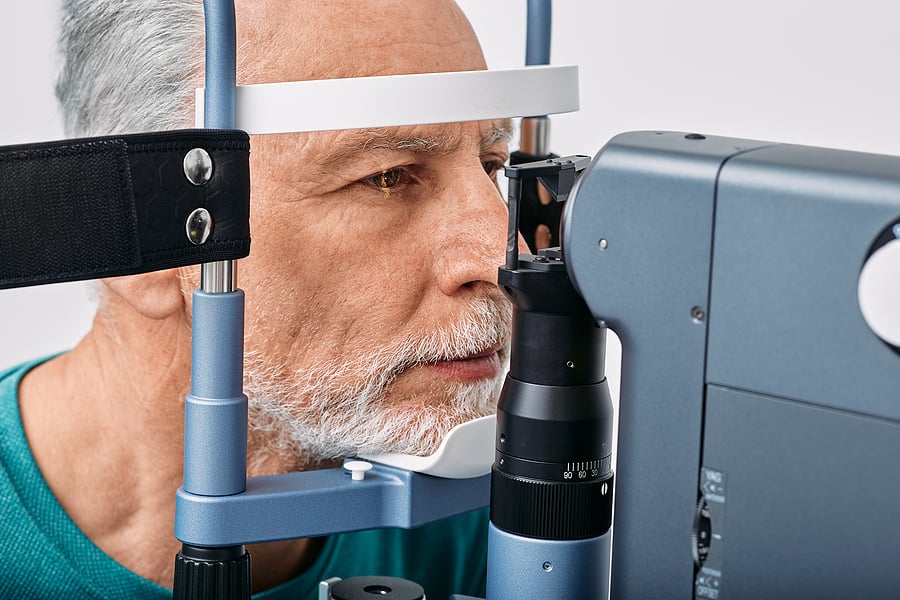Understanding detached retina: Symptoms, recognition, and treatment
The human eye is an intricate organ that plays a vital role in our perception of the world.
However, certain conditions can compromise its functionality, and one such condition is a detached retina.
A detached retina occurs when the thin layer of tissue at the back of the eye, responsible for capturing light and transmitting visual information to the brain, pulls away from its normal position.
What is a Detached Retina?
The retina is a delicate layer of tissue that lines the inner surface of the eye. It consists of light-sensitive cells called photoreceptors, which convert incoming light into electrical signals that are transmitted to the brain via the optic nerve. A detached retina occurs when the retina separates from the underlying layers of the eye, interrupting the normal flow of blood, oxygen, and nutrients to the photoreceptor cells.
Signs of a Detached Retina:
- Floaters: One of the initial signs of a detached retina is the sudden appearance of floaters—tiny specks, spots, or cobweb-like shapes that seem to float across your field of vision.
- Flashing lights: Another common symptom is the perception of flashes of light, similar to seeing lightning bolts or camera flashes. These flashes may be more noticeable in dimly lit environments.
- Peripheral vision loss: As the detachment progresses, individuals may experience a shadow or curtain-like effect that impairs peripheral (side) vision. The shadow may gradually progress toward the centre of the visual field if left untreated.
- Blurred or distorted central vision: When the macula, the central part of the retina responsible for sharp, detailed vision, becomes affected, individuals may experience blurred or distorted vision. Straight lines may appear wavy or bent, and reading or recognizing faces may become challenging.
Recognising Symptoms:
It is crucial to recognise the symptoms of a detached retina promptly, as early detection and treatment greatly improve the chances of preserving vision. If you experience sudden or significant changes in your vision, it is essential to seek immediate medical attention from an ophthalmologist or an eye specialist or visit your local Accident and Emergency treatment centre.
Diagnosis and treatment:
Upon examination, an ophthalmologist will perform various tests to diagnose a detached retina. These tests may include a dilated eye examination, visual acuity tests, ultrasound imaging, or optical coherence tomography (OCT) scans to evaluate the extent and location of the detachment.
The treatment for a detached retina aims to reattach the retina and restore its normal function. The specific approach depends on the severity and location of the detachment. Common treatment options include:
- Laser photocoagulation: This procedure involves using a laser to create tiny burns around the retinal tear or detachment. The burns form scars, which seal the retina to the underlying tissue.
- Cryopexy: Cryopexy involves applying extreme cold to the area surrounding the detachment to create scar tissue, which helps secure the retina in place.
- Pneumatic retinopexy: In this procedure, a gas bubble is injected into the eye, which helps push the detached area against the wall of the eye. Laser or cryopexy is then performed to seal the tear and reattach the retina.
- Scleral buckle surgery: This surgical procedure involves placing a flexible band (scleral buckle) around the eye to counteract the forces pulling the retina away from its normal position.
- Vitrectomy: In severe cases or when other treatments are ineffective, a vitrectomy may be performed. It involves removing the vitreous gel from the centre of the eye and replacing it with a gas or silicone oil bubble, which helps push the retina against the eye wall.
A detached retina is a serious eye condition that requires immediate medical attention to prevent permanent vision loss. Recognising the symptoms, such as floaters, flashing lights, peripheral vision loss, and blurred central vision, is crucial in seeking prompt treatment.
With advancements in medical technology and various treatment options available, ophthalmologists can often successfully reattach the retina and restore vision. If you experience any sudden changes in your vision, consult an eye specialist or go to your local Accident and Emergency hospital to ensure timely diagnosis and appropriate treatment.
Disclaimer
All content on Silversurfers.com is provided for general information only, and should not be treated at all as a substitute for the medical advice of your own doctor or any other health care professional. Silversurfers will not be responsible or liable for any diagnosis made by a user based on the content on www.silversurfers.com and we are also not liable for the content of any external websites or links from or to Silversurfers to any other websites. Please always consult your own doctor if you’re in any way concerned about any aspect of your health.
Lisa Lawrenson
Latest posts by Lisa Lawrenson (see all)
- Masterclass: How to grow a thick healthy lawn - March 31, 2024
- Lawn care – dealing with moss and thatch - March 22, 2024
- A beginners guide to Artificial Intelligence and Chat GPT - February 29, 2024
- 10 minute tutorial: How to arrange supermarket lillies into a stunning floral arrangement - January 1, 2024
- 10 health changes women should watch out for after 50 - January 1, 2024






















